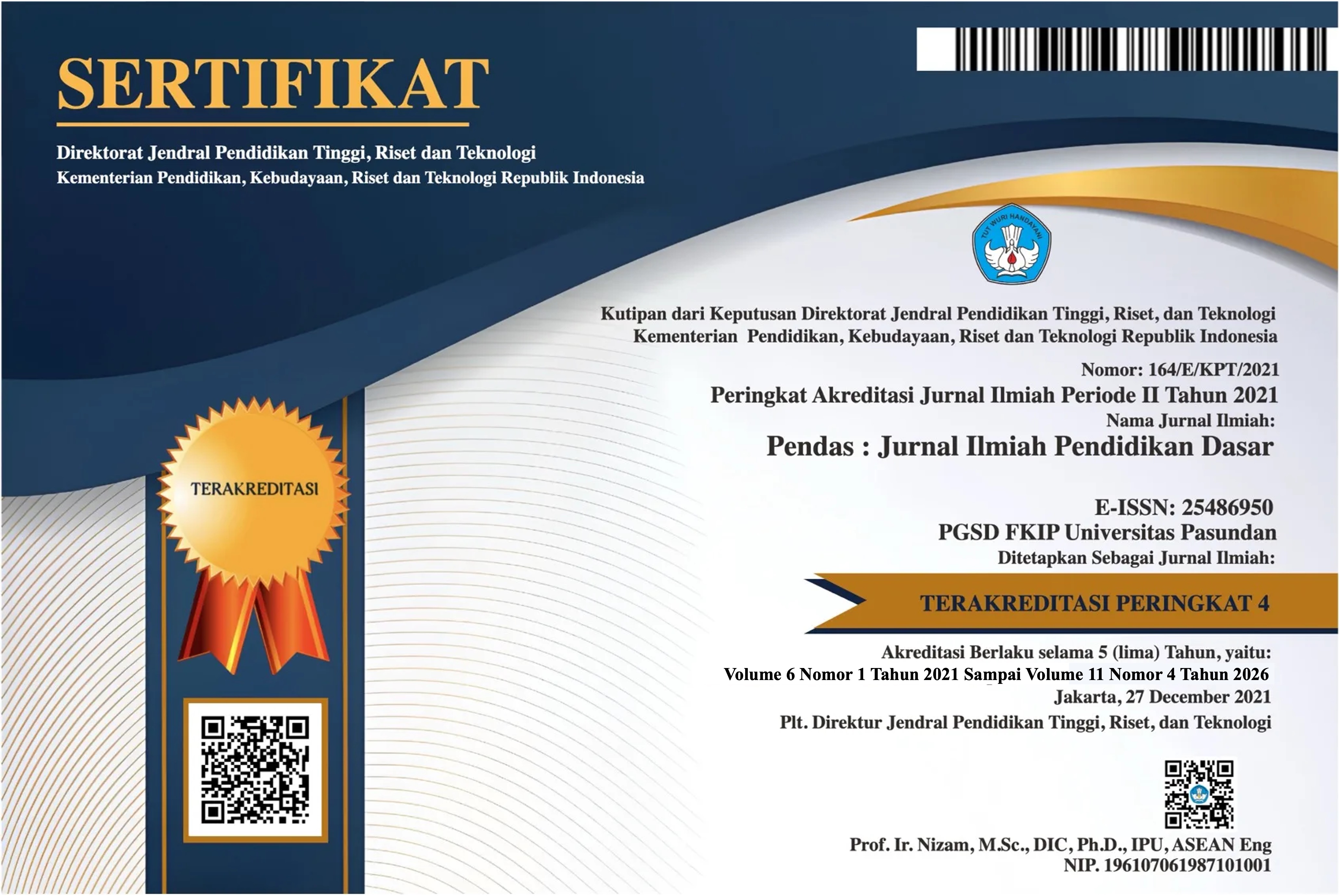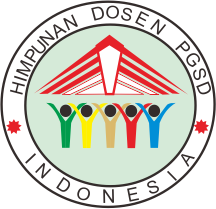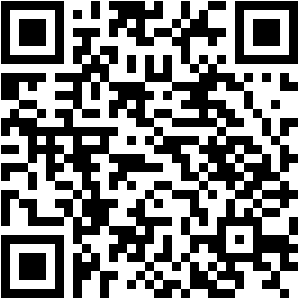Pengaruh Pemanfaatan Teknologi Informasi dan Penyajian Materi Ajar terhadap Minat Belajar Siswa SMP YPJ Kuala Kencana
DOI:
https://doi.org/10.23969/jp.v10i04.35137Keywords:
Information Technology, Presentation of Teaching Materials, Learning Interest, Digital Learning, Educational InnovationAbstract
This study aims to analyze the dynamics of the population and sample of students at SMP YPJ Kuala Kencana and to understand the distribution patterns of students used in the study. The main focus of this study is to identify the number of active students and those used as research samples, especially in March 2025. The research method used is a quantitative approach with a descriptive design. Data collection techniques are carried out through documentation obtained directly from school administrators. The data collected are then analyzed using quantitative descriptive analysis techniques to describe the population and sample patterns used. The results of the study showed that the total number of active students at SMP YPJ Kuala Kencana in March 2025 was 210 students, consisting of 65 students in grade 7, 68 students in grade 8, and 77 students in grade 9. In this study, only students in grades 8 and 9 were used as research samples, with a total sample size of 145 students. The selection of full samples for grades 8 and 9 was based on certain considerations related to the objectives of the study, while grade 7 was not included in the sample. These findings provide a clearer picture of the distribution of students and the approach used in sampling in the school environment. The conclusion of this study is that the distribution of samples at SMP YPJ Kuala Kencana has been carried out systematically by considering the number of active students at each grade level. The results of this study can be the basis for further research in understanding the academic dynamics at the school and as a reference in developing more effective educational strategies.
Downloads
References
Aisyah, S. (2024). Pemanfaatan model simulasi berbasis teknologi informasi dan komunikasi terhadap minat belajar siswa pada mata pelajaran Qur’an Hadits. Afkaruna: International Journal of Islamic Studies (AIJIS). https://doi.org/10.38073/aijis.v2i1.1674
Andovita, L., & Wahyuni, A. (2020). Students’ perception towards the use of multimedia based teaching material. JHSS (Journal of Humanities and Social Studies). https://doi.org/10.33751/jhss.v4i1.1902
Chen, Z. (2024). The effect of learning interests on academic performance of secondary school student. Transactions on Social Science, Education and Humanities Research. https://doi.org/10.62051/849egs76
Creswell, J. W. (2020). Research design: Qualitative, quantitative, and mixed methods approaches (5th ed.). SAGE Publications.
Dewi, A., & Santosa, H. (2023). Kualitas penyajian materi dan dampaknya terhadap partisipasi siswa dalam pembelajaran daring. Jurnal Pendidikan dan Teknologi, 9(1), 45–56. https://doi.org/10.1234/jpt.v9i1.4567
Duarte, N. (2019). DataStory: Explain data and inspire action through story. IdeaPress Publishing. https://www.duarte.com/datastory/
Ertmer, P. A., & Ottenbreit-Leftwich, A. T. (2010). Teacher technology change: How knowledge, confidence, beliefs, and culture intersect. Journal of Research on Technology in Education, 42(3), 255–284. https://doi.org/10.1080/15391523.2010.10782551
Fadlillah, M., Mujtahidin, R. P., Kristiana, D., & Marisa, R. (2025). Teachers' Experiences in Teaching Independence to Children with Special Needs at School. Educational Process: International Journal. DOI: 10.22521/edupij.2025.18.505
Fitriani, N. (2022). Efektivitas integrasi teknologi dalam penyajian materi pembelajaran. Jurnal Teknologi Pendidikan Interaktif, 7(2), 33–41. https://doi.org/10.1234/jtpi.v7i2.3345
Graham, C. R. (2006). Blended learning systems: definition, current trends, and future directions. Dalam M. G. Moore & W. G. Anderson (Ed.), The Handbook of Blended Learning (hlm. 3–21). Pfeiffer. https://content.learntoday.info/thehandbookofblendedlearning.pdf
Kushatmaja, A., & Suryani, N. (2019). Teknik analisis data dalam penelitian sosial. Graha Ilmu.
Lestari, D., & Putra, R. (2022). Peningkatan motivasi belajar melalui variasi penyajian materi ajar kontekstual. Jurnal Inovasi Pendidikan, 8(3), 120–130. https://doi.org/10.1234/jip.v8i3.8120
Marisa, R., & Hayati, R. (2023). Outcomes of Learning Mathematics Material Using the Savi Approach (Somatic, Auditory, Visual, Intellectual) In Primary School. Kadikma, 14(3), 107-115. https://doi.org/10.19184/kdma.v14i3.44286
Mayer, R. E. (2020). Multimedia Learning (3rd ed.). Cambridge University Press. https://doi.org/10.1017/9781316941355
Mayer, R. E. (2021). Multimedia Learning (3rd ed.). Cambridge University Press.
OECD. (2020). Teaching and Learning International Survey (TALIS): Teachers’ readiness to use digital technology. OECD. https://www.oecd.org/education/talis/
OECD. (2022). PISA 2022 Results (Volume I): The state of learning and equity in education. OECD. https://www.oecd.org/education/pisa-2022-results.htm
Puhka, P., Annemari, B., & Harry, R. (2023). Application of learning media and technology in schools to increase student interest in learning. World Psychology. https://doi.org/10.55849/wp.v1i3.387
Ramadhan, F., & Fitriani, A. (2022). Pengaruh teknologi informasi terhadap proses belajar mengajar di sekolah menengah. Jurnal Pendidikan Digital, 5(4), 77–89. https://doi.org/10.1234/jpd.v5i4.7789
Schiefele, U. (2017). Classroom contexts that promote student motivation and achievement. Educational Psychologist, 52(2), 121–140. https://doi.org/10.1080/00461520.2017.1288576
Schunk, D. H., & DiBenedetto, M. K. (2021). Motivation and social-emotional learning: Theory, research, and practice. In Handbook of Social and Emotional Learning (hlm. 60–85). Routledge.
Sari, R. (2023). Pendekatan visual dan naratif dalam pembelajaran berbasis teknologi. Jurnal Media Pendidikan, 11(1), 55–63. https://doi.org/10.1234/jmp.v11i1.5563
Sari, T., & Raharjo, S. (2021). Pemanfaatan teknologi informasi dan pendekatan pedagogis dalam pembelajaran abad 21. Jurnal Teknologi Pendidikan, 6(2), https://doi.org/10.1234/jtp.v6i2.1012
Sun, A., & Chen, X. (2016). Online education and its effective practice: A research review. Journal of Information Technology Education: Research, 15, 157–190. https://doi.org/10.28945/3502
Sugiyono. (2012). Metode penelitian kuantitatif, kualitatif, dan R&D. Alfabeta.
Sugiyono. (2017). Statistika untuk penelitian. Alfabeta.
Sugiyono. (2019). Metode penelitian pendidikan: Pendekatan kuantitatif, kualitatif, dan R&D. Alfabeta.
Sugiyono. (2021). Metode penelitian kombinasi (mixed methods). Alfabeta.
Wang, M.-T., & Degol, J. L. (2019). Student engagement in school: A multidimensional perspective. Educational Psychologist, 54(4), 315–352. https://doi.org/10.1080/00461520.2019.1659797
Downloads
Published
Issue
Section
License
Copyright (c) 2025 Pendas : Jurnal Ilmiah Pendidikan Dasar

This work is licensed under a Creative Commons Attribution 4.0 International License.


















